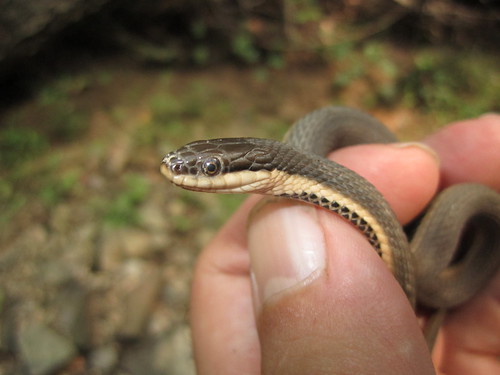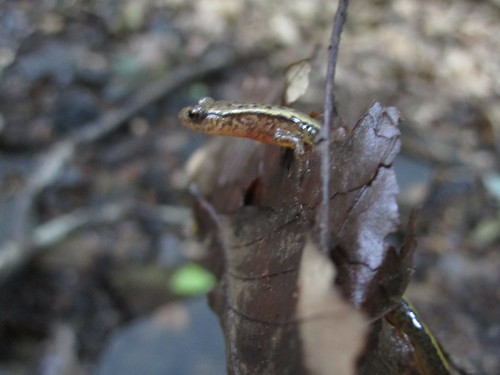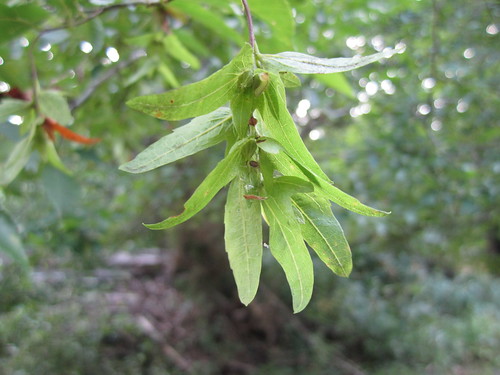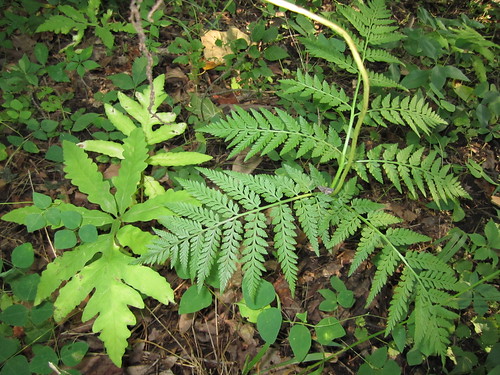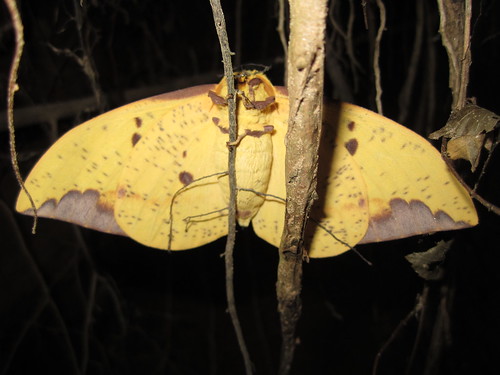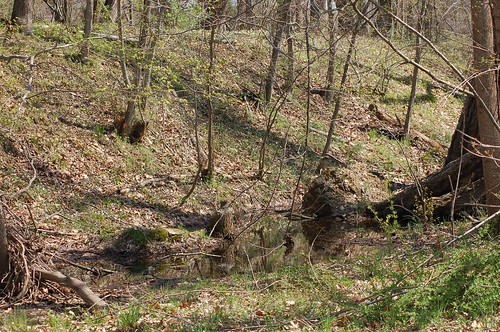[flickr id=”5812097480″ thumbnail=”medium” overlay=”true” size=”original” group=”” align=”none”]
Went out on a little after work excursion in my neighborhood to look around for critters and any unusual plants. Didnt see anything I have not seen before but was able to stumble onto an animal I hadnt seen in about two years. The Red Eft si one of my favorite animals. The eft is a type of salamander and is also known as a red spotted newt. The eft stage is the middle immature terrestial stage of the red spotted newt. Red Spotted Newts begin as aquatic gilled larvae hatched from eggs. At some point the aquatic larva then metamorphose (much like tadpoles change into frogs) into a the red spotted brightly colrored terrestial eft stage. After as much as 7 years in this satge the eft will return back to the water and transform into green aquatic form retainings its red spots.
[flickr id=”5811532555″ thumbnail=”medium” overlay=”true” size=”original” group=”” align=”none”]
Also saw the ghostly looking Indian Pipe plants.
[flickr id=”5811532173″ thumbnail=”medium” overlay=”true” size=”original” group=”” align=”none”]



